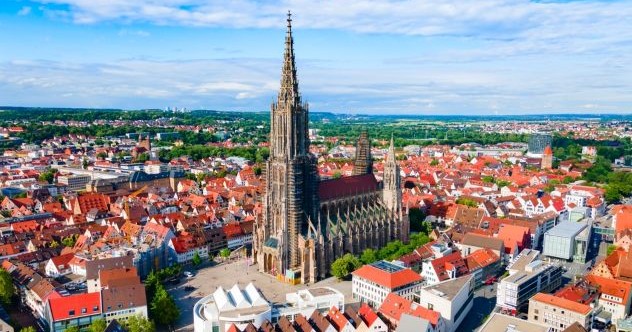Now Reading: 10 Iconic Structures Originally Meant to Be Temporary but Still Endure
-
01
10 Iconic Structures Originally Meant to Be Temporary but Still Endure
10 Iconic Structures Originally Meant to Be Temporary but Still Endure
Quick Summary
- Many iconic structures around the globe were originally designed as temporary installations for events like World’s Fairs or exhibitions but remain standing today due to public opinion, practicality, or historical significance.
- Examples include:
– Flak Towers (Germany and Austria): built during WWII as anti-aircraft defense structures turned into repurposed civilian facilities like hotels and aquariums.- Young Vic Theater (London): A low-cost theater from 1970 initially slated for five years has become a cultural institution.- Palace of Fine Arts (San Francisco): Planned for demolition post-1915 panama-pacific Exposition but preserved as a tourist attraction and cultural space.- Nashville Parthenon: A full-scale replica of the Greek temple built in Tennessee for its centennial exposition now serves as an art museum.
– Atomium (Belgium): Created for Expo ’58, it symbolizes atomic energy despite initial criticism; now a valued landmark with museums and unique architectural features.- Montreal Biodome: Constructed accidentally to last beyond the Olympics due to errors in build protocols; now functions as an ecological museum showcasing various ecosystems.
– Other enduring landmarks include Chicago’s Museum of Science and Industry, Hollywood Sign, London Eye, and Eiffel Tower.
Indian Opinion analysis
This article highlights how public perception, innovation in repurposing architecture, and sheer historical value have saved temporary structures globally from planned demolition.The varied uses-from cultural hubs like theaters to scientific museums-show how adaptability can transform an initial limited vision into symbols of lasting importance.
For India-wich boasts similar examples such as Delhi’s Akshardham Temple or Pragati Maidan exhibition halls-the lesson is clear: preserving utilitarian spaces often cultivates identity-building landmarks boosting tourism while serving practical purposes. Furthermore, India’s vast array of heritage buildings faces threats linked to urbanization; repurposing techniques discussed hear might offer enduring ways to preserve history balanced with contemporary utility.
India could gain insight into leveraging underutilized spaces creatively while respecting public sentiment regarding legacy infrastructure-a balance beneficial not just economically but also culturally.
























